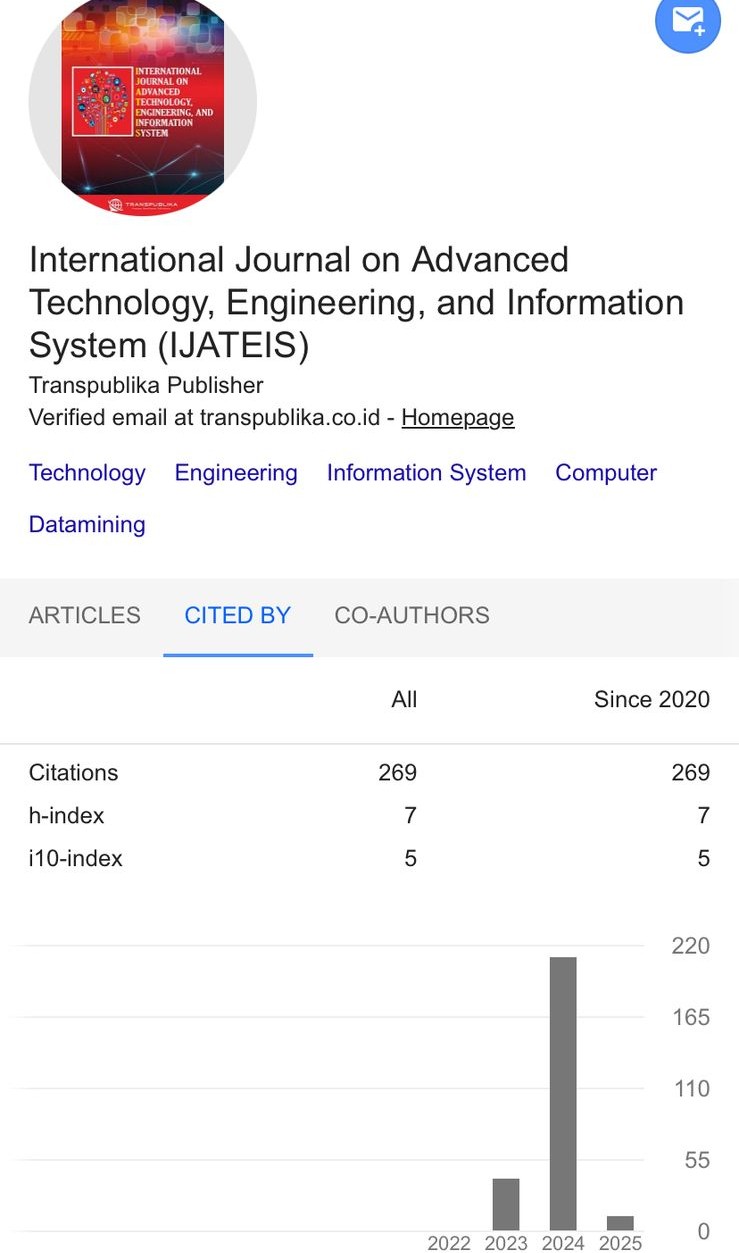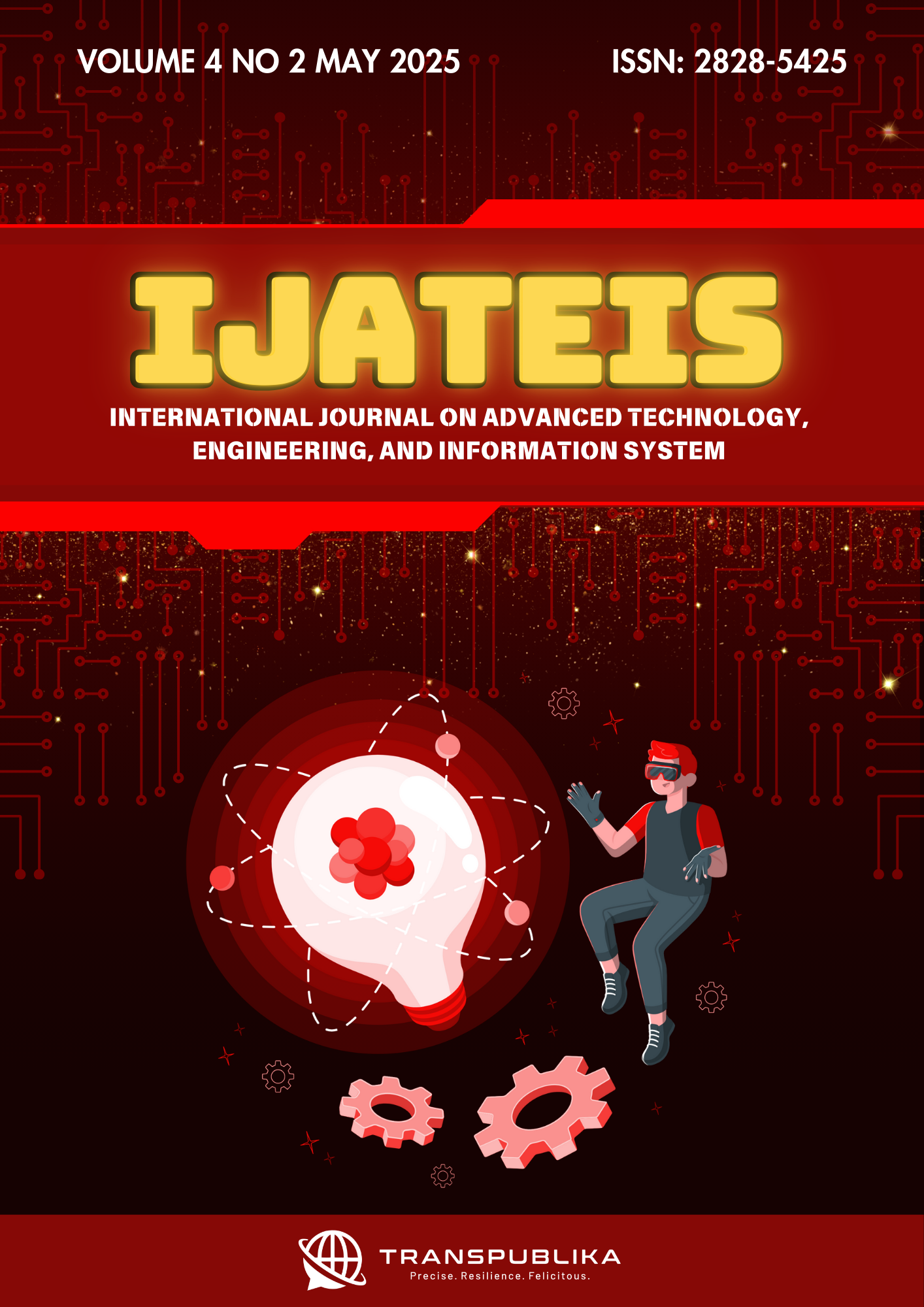Surveying the IT Infrastructure Challenges in Afghanistan
Main Article Content
Qurban Ali Frugh*
Mohammad Fahim Naseri
The rapid advancement of technology has brought significant transformations across various sectors globally, including in Afghanistan. However, the country's Information Technology (IT) infrastructure remains underdeveloped, particularly in key areas such as health, e-commerce, telecommunications, e-governance, academic research, education, and culture. This research paper analyzes the challenges faced by the IT infrastructure in Afghanistan. In January 2024, there were 7.88 million internet users in Afghanistan, representing 18.4% of the total population. The aim of this study is to identify the current challenges of IT infrastructure and assess their impact on users' access to the digital world. A systematic review of scientific, research, and administrative documents was conducted to gather data. Quantitative analysis of these documents reveals that only a small segment of the population has access to technology, and their usage is primarily limited to social media and virtual spaces. The study found that Afghanistan's IT infrastructure is weak and insufficient to support the development of e-governance, e-commerce, banking, healthcare, and educational systems. Several factors contribute to these challenges, including slow internet speeds, high costs, and limited access to technology compared to neighboring countries. Based on these findings, the paper proposes potential solutions to improve the IT infrastructure in Afghanistan, with a focus on addressing the identified weaknesses and ensuring broader access to digital services.
MCIT, A. (2019). National ICT Policy and Strategy for Afghanistan. Kabul: https://mcit.gov.af.
Advisor, O. o. (2017). Afghan Fiber Optic Network. Kabul: Afghan Telecom.
Affleck, R. T., & Freeman, R. B. (2010). Challenges for engineering design, construction, and maintenance of infrastructure in Afghanistan. Washington D. C.: U.S. Army Corps of Engineers.
DataReportal, D. (2024, November 21). DataReportal. Retrieved from DataReportal: https://datareportal.com/reports/
Datareportal, D. (2024, 11 20). Datareportal-Afghanistan. Retrieved from Datareportal: https://datareportal.com/reports/digital-2024-afghanistan
Group, W. (2021). Afghanistan Digital Economy Project: Strengthening IT Infrastructure and Connectivity. https://www.worldbank.org.
Hamidi, M. S., Hakimi, M., & Khalid, K. (2024). Challenges and Opportunities of Implementing E-Government in Afghanistan: A Case Study of Da Afghanistan Breshna Sherkat, Kabul. International Journal of Research and Analytical Reviews (IJRAR), 11(3), 254-262.
ITU, I. (2022). Measuring Digital Development: Facts and Figures for Afghanistan. https://www.itu.int](https://www.itu.int.
Lambert, J. H., Karvetski, C. W., Spencer, D. K., Sotirin, B. J., Liberi, D. M., Zaghloul, H. H., . . . Linkov, I. (2012). Prioritizing infrastructure investments in Afghanistan with multiagency stakeholders and deep uncertainty of emergent conditions. Journal of infrastructure systems, 18(2), 155-166.
Lane, A. (2024, 11 Saturday ). The State of Mobile internet Connectivity. EC4R 3AB, United Kingdom: GSMA.COM. Retrieved from GSMA.COM: https://www.mobileconnectivityindex.com/index.html#year=2023&zoneIsocode=AFG
MCIT, M. o. (2015). Presentation by MCIT on Afghan Fiber Optic Ring. Working Group on Knowledge-based Development Dushanbe,Tajikistan: International Conference “Practical steps towards a knowledge-based economy” and the Seventh session of the SPECA.
Ruddy , M., & Ozdemir, E. (2016). An In-Depth Study on the Broadband Infrastructure in Afghanistan and Mongolia. Bangkok 10200: Economic and Social Commission for Asia and the Pacific (ESCAP).
Saay, S., & Norta, A. (2018). An architecture for e-learning infrastructures on a national level: a case study of the Afghanistan Research and Education Network. International Journal of Innovation and Learning, 23(1), 54-75.
Samandar, R. (2025). The State of Telecommunication and Internet in Afghanistan and Its Impact. Afghan Journal of Science, 1- 17.
Samsor, A. M. (2021). Challenges and prospects of e-Government implementation in Afghanistan. International Trade, Politics and Development, 5(1), 51-70.
Wafa, Z. M. A. R. I. A. L. A. I. (2014). National Cyber Security Strategy of Afghanistan (NCSA). Islamic Republic of Afghanistan Ministry of Communications and IT.
Wentz, L., Kramer, F., & Starr, S. (2008). Information and Communication Technologies for Reconstruction and Development: Afghanistan Challenges and Opportunities. Fort Lesley J. McNair, Washington, DC: National Defense University Center for Technology and National Security Policy: http://www.ndu.edu/ctnsp/publications.html: https://reliefweb.int/report/world/.












